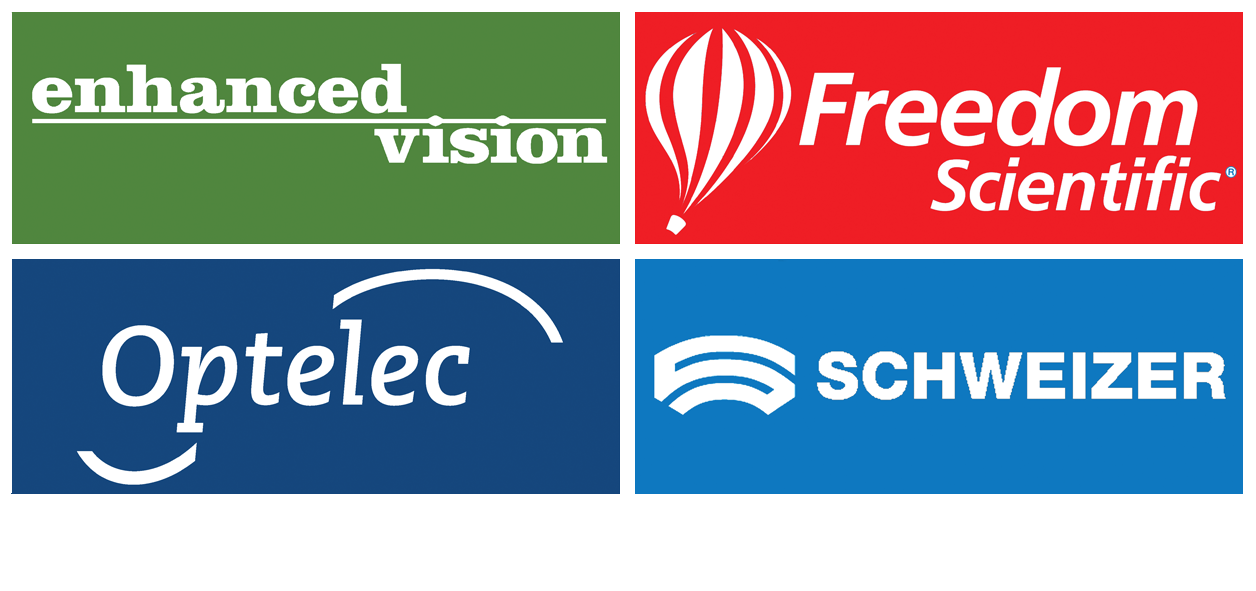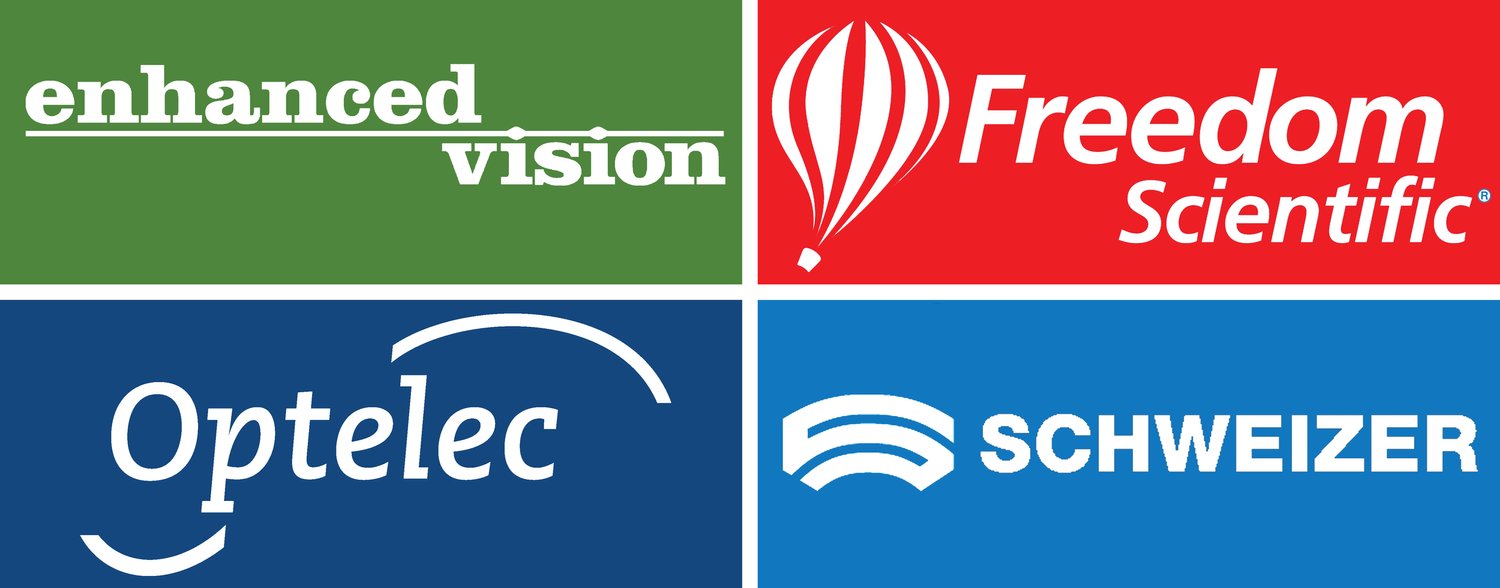Glaucoma.
What is it?
Glaucoma is an eye condition in which the optic nerve is damaged, causing vision loss. The optic nerve is located at the back of the eye and transmits the images we see to the brain for interpretation.
Glaucoma results in progressive damage to the optic nerve, which almost always begins with a subtle loss of peripheral (side) vision. The main factor that leads to damage of the optic nerve is elevated pressure in the eye. If not diagnosed and treated, Glaucoma can progress to a loss of central vision and blindness
Glaucoma rarely causes symptoms early on in its course, when it is best treatable. In the early stages it can only be diagnosed by regular eye tests for those at risk. While everyone is at risk for Glaucoma, certain people are at a much higher risk and need to be checked more frequently by their eye doctor. Major risk factors include:
age over 45 years
family history of Glaucoma
black racial ancestry
diabetes
history of elevated intraocular pressure
high degree of nearsightedness (myopia)
history of injury to the eye
use of cortisone (steroids), either in the eye, orally or injected systematically
farsightedness (hyperopia)
There are two main types of Glaucoma:
1. Open-angle Glaucoma: this type develops slowly and without acute attacks. It is the most common type of Glaucoma.
2. Closed-angle Glaucoma: this type occurs acutely.
Normal vision vs. Glaucoma
What to expect from Glaucoma
Although nerve damage and visual loss from Glaucoma cannot be reversed, Glaucoma is an eye condition that can be controlled. Treatment can restore the ocular pressure and thus prevent or stop further nerve damage and visual loss. Treatment may include eye-drops, laser treatments or surgery. Discuss your options with your physician or eye care professional.
More information about Glaucoma
There is extensive information available about Glaucoma. The information included is intended to inform you about the basics of this eye condition, and is not intended as a replacement for information from your physician or eye specialist. Information regarding assistive devices that can help you if you have been diagnosed with Glaucoma is included.
Useful Resources:-
Moorfields Eye Charity - We’re funding research to help diagnose and treat glaucoma more effectively, because we believe that people’s sight matters.
RNIB - Everyday 250 people begin to lose their sight. RNIB has a crucial role to play in creating a world where there are no barriers to people with sight loss. We want society, communities and individuals to see differently about sight loss.


